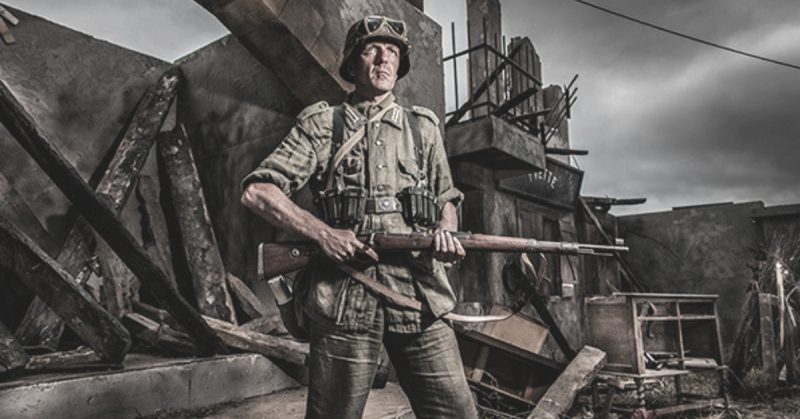It’s a little-known fact that there were French volunteers who fought on behalf of the Nazis during the Second World War.
They had divisions of the Wehrmacht and the SS all of their own. They were the 33rd Waffen Grenadier Division of the SS Charlemagne (1st French) and the Charlemagne Regiment.
In 1944, they boasted between 7,400 and 11,000 soldiers, but that number had been whittled down to 60 men by May 1945.
For their crest, they chose the iconography of Charlemagne, the great historical king who forged an empire in the eighth century. The crest represented France and Germany. The fleur-de-lis stood as a representation of France while the Imperial Eagle stood for Germany.
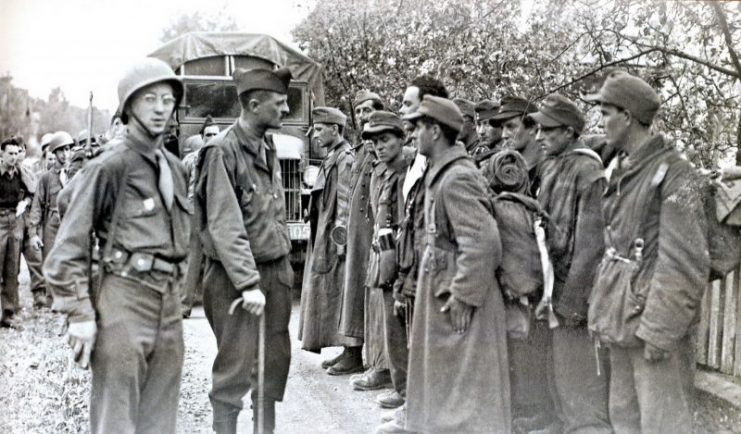
Tasked with the protection of both Central Berlin and Hitler’s bunker from the Soviets, they had the dubious honor of being one of the final remaining units to have engaged in combat. They were also among the last to surrender.
Knowing that their days were numbered should Germany suffer defeat, they fought until the bitter end during the Battle of Berlin.
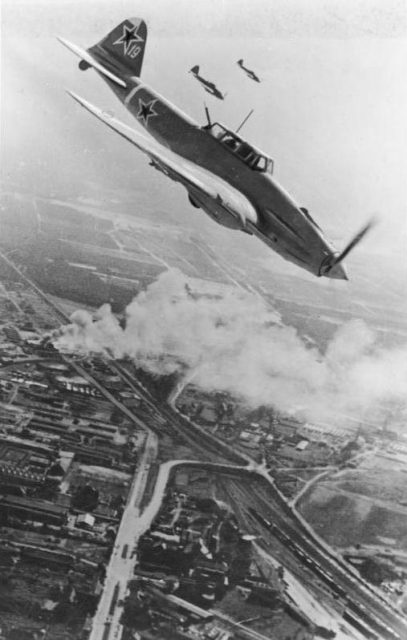
By April 1945, Brigadeführer Gustav Krukenberg had only 700 men left in his command. These were separated into a single heavy support battalion sorely lacking in equipment and an infantry regiment with two battalions.
On April 23, 1045, he received his orders from the Reich Chancellery of Berlin: he and his men were going to the capital.
He reinforced his battalion, now renamed the “Sturmbataillon Charlemagne,” by joining with the 11th SS Volunteer Panzergrenadier Division.
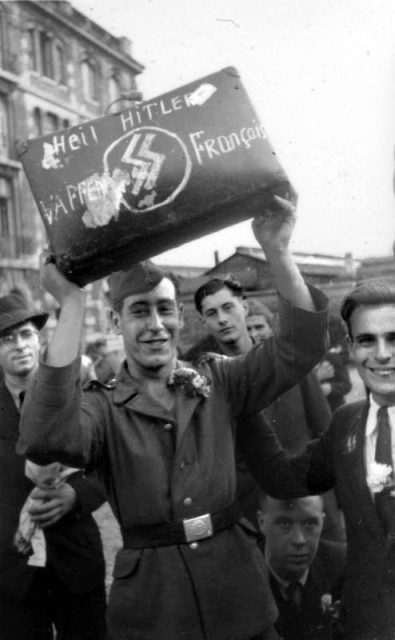
Krukenberg’s powers expanded considerably on April 25, when he was appointed to the command of Defence Sector C, including the Nordland Division, a position that had been vacated by the recently dismissed SS-Brigadeführer, Joachim Ziegler.
Berlin was quiet that first night, the relative silence punctured only by the occasional distant sound of Soviet artillery. The soldiers walked from west to east until they reached a brewery close to Hermannplatz, and that’s where the fighting started.
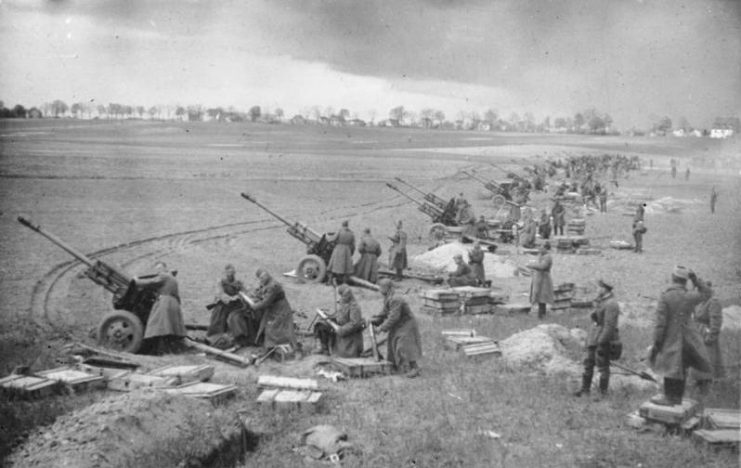
The Hitler Youth launched Panzerfausts at the Soviet tanks standing near the Tempelhof Aerodrome.
The next day, the Sturmbataillon brought the fighting to the Neukölln District, joining forces with the Tiger II tanks and the 11th SS Panzer-Battalion, until they ran into an ambush set by Soviet troops in a German Panther tank.
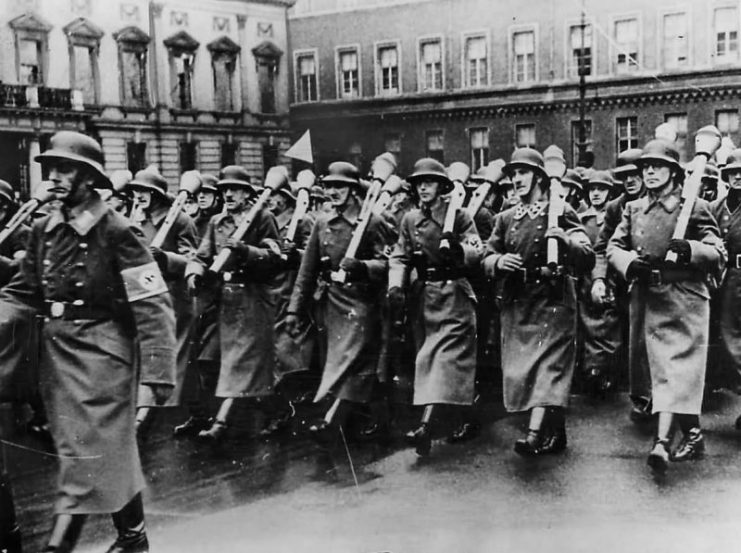
This cost them half of their troops. The other half stayed to defend Neukölln’s Town Hall.
With Neukölln taken, Krukenberg set up secondary positions for the Section C defenders and moved his base of operations to the opera house.
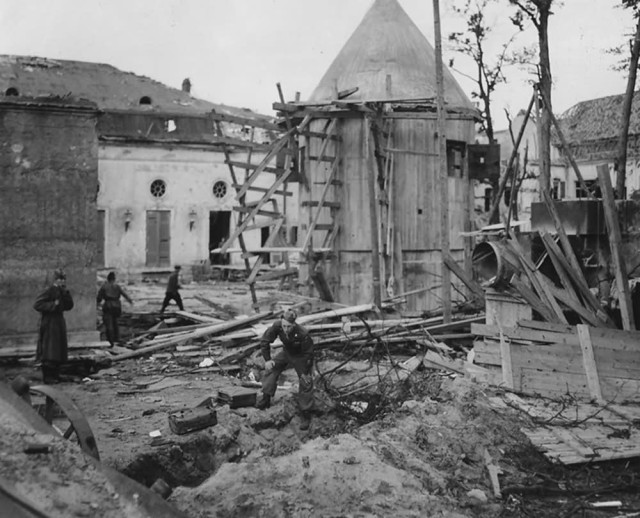
Given the Nordland Division’s retreat to Hermannplatz, the French SS and their attached Hitler Youth contingent disabled 14 tanks using Panzerfausts and used one machine gun position by the Halensee Bridge to stall the Soviet advance for 48 hours.
The Soviet game plan was simple: shelling, followed by assaults from groups of 80 men backed by tank escorts and artillery support.
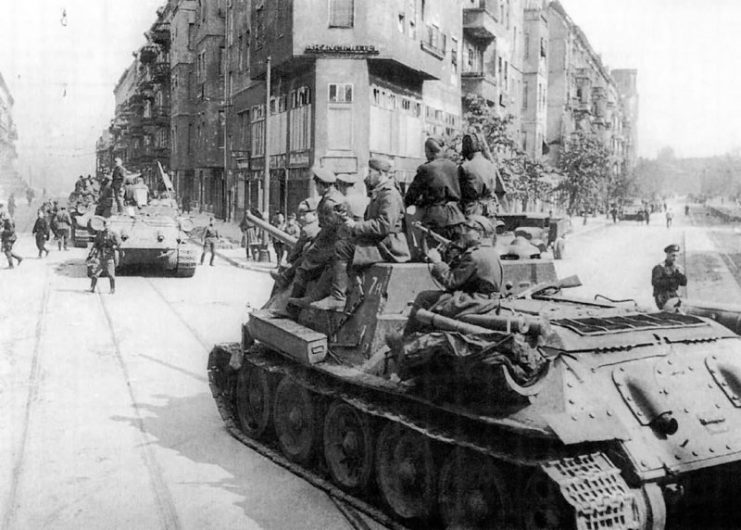
They shoved the battered Nordland Division into the central government district in Defence Sector Z, and Krukenberg changed his base of operations again, this time to a carriage in the Stadtmitte U-Bahn station.
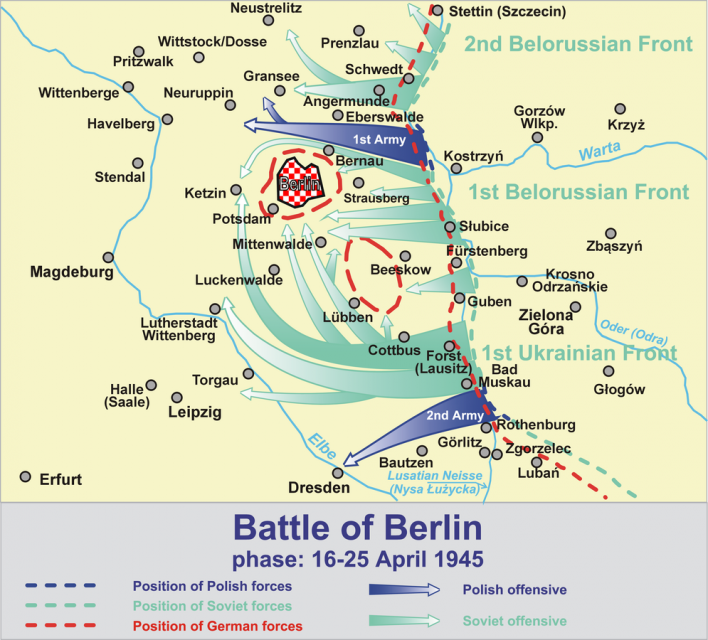
On the 28th, the total number of Soviet tanks destroyed in south-east Berlin was 108. Sixty-two of these were attributed to the Charlemagne Sturmbataillon.
Now entering the central section, the Soviets threw everything they had at the Nazis until only the French Charlemagne units, the final defenders of Hitler’s bunker, remained. They fought on until May 2.
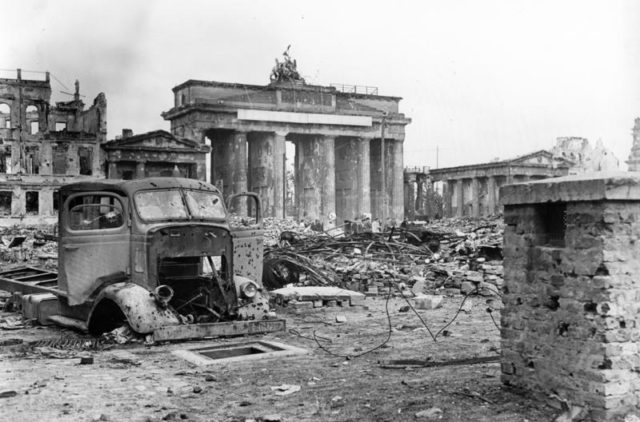
Read another story from us: Little Known Soviet “Doolittle” Raid on Berlin
In the end, there were only 30 men left. By then, most had either been captured, had escaped only to be caught and thrown in jails run by the Allied forces, or had been shot on sight by French authorities.
